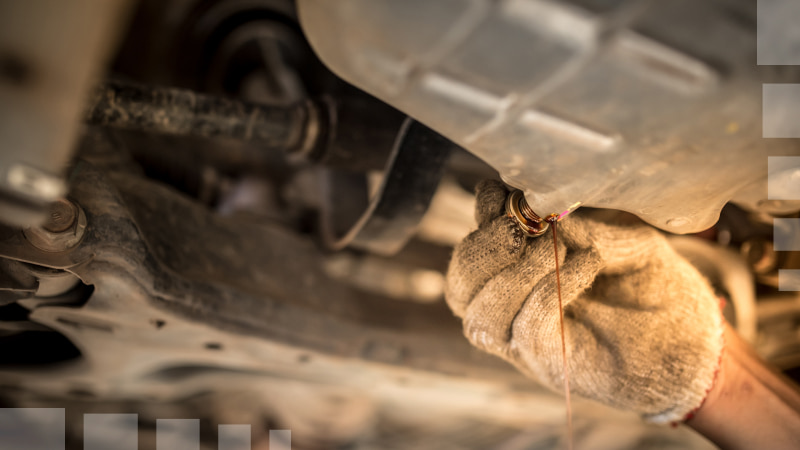An oil pan protects engine health by holding vital oil supply. Damage to this part raises serious risks to lubrication and performance. Professional assessment becomes crucial in deciding the right path forward. A mechanic must evaluate whether the pan can be repaired safely. Sometimes damage may be minor and easily sealed without trouble. Other times cracks dents or leaks may demand full replacement. Skilled assessment guides correct repair or replacement. Understanding this balance prevents wasted cost and ensures lasting vehicle reliability.
Considering Leak Risks and Safety
Leaks are the main concern with oil pan damage. Even a small drip can lower oil levels over time. Reduced oil leads to overheating and bearing wear inside engines. Safety is threatened when leaks drip onto hot exhaust parts. Fires may start from this unnoticed danger during daily vehicle use. Mechanics therefore study leaks with extreme care during inspection checks. If sealing cannot guarantee lasting safety replacement remains the best option. Leak potential often requires complete pan replacement. Safety concerns outweigh temporary fixes when oil threatens engine or driver.
Cost and Practical Repair Options
Cost plays a large role in the decision process always. Small cracks may be welded or sealed with proper methods. These fixes save money and extend the life of the pan. However repair work may fail under future stress and vibration. Replacement gives longer confidence but often costs more for the owner. Mechanics weigh repair against expected reliability and the labor required. Some pans are too corroded or bent to be repaired effectively. Cost and practicality drive repair or replacement. Skilled judgment ensures the best use of time and money.
Material and Structural Factors
Steel pans and aluminium pans react differently to repair work. Steel may be welded and reshaped with less difficulty under heat. Aluminium requires special skill and may warp or crack further. Corrosion may weaken material beyond repair no matter the method used. Structure must also support oil flow without creating blockages or weak points. A pan weakened too much may fail again under driving stress. Replacement is then the logical solution for long term stability. At Auto Repair in Englewood, CO, technicians assess pan material carefully before deciding repair or replacement. Material type influences repair possibilities and outcomes. Structure and material define whether a pan survives repair.
Conclusion
Repair and replacement are not equal choices in every case. Oil pan damage must be studied with care and expertise always. Severity leak risk cost and material all shape the final choice. Repairs may work well for light damage and controlled conditions. Replacement remains the path for cracks corrosion or serious structural failures. The correct judgment protects lubrication and extends engine life with certainty. Professional assessment guarantees safe oil pan solutions. Choosing wisely keeps engines strong and vehicles safe for many more miles.
